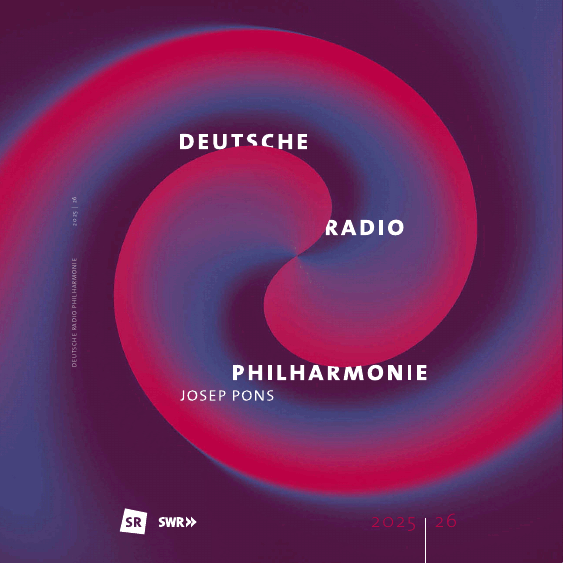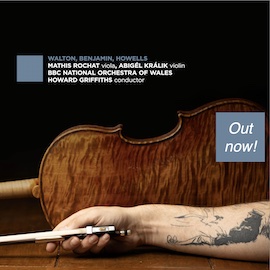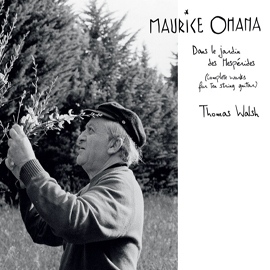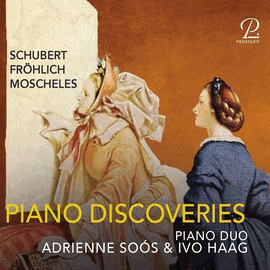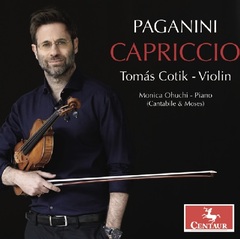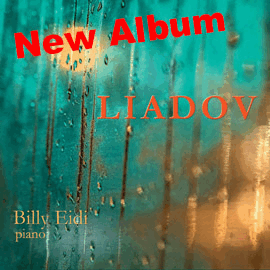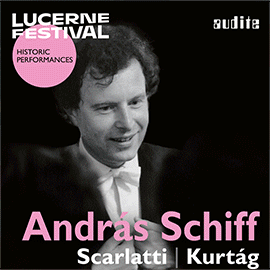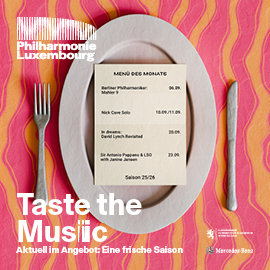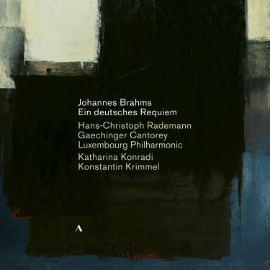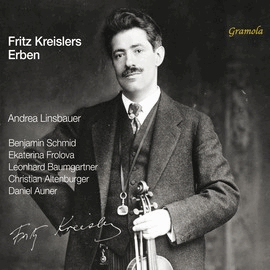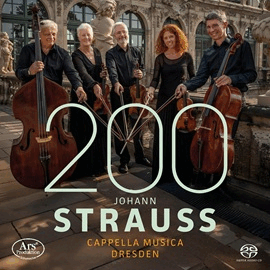Für den Interpreten stellt Paganinis Musik eine unwiderstehliche Herausforderung dar, da er an diesen Werken sein eigenes Spiels erforschen und überdenken kann, meint Tomas Cotik. Die der menschlichen Stimme ähnelnde Musiksprache mit Parallelen zur Vokalmusik bietet Charakteristisches für den Belcanto. Kotik schätzt auch die dramatischen Charaktere, sowie den Humor in dieser Musik, die für die Opera Buffa charakteristisch sind.
16 von 24 der Capricci ergeben den Großteil der Aufnahme. Als freie Form zeichnen sie mit spontanem und improvisierendem Charakter die Kreativität des Komponisten, die sich auf das Spiel des Interpreten übertragen sollte. Als schnelle und virtuose Werke enthalten sie gleichwohl auch lyrische, emotionale Seiten und sind kommunikativ.
Cotik gelingt es auf überzeugende Weise, eine lebendige und intuitiv wirkende Spielweise zu gestalten, die aus dem Moment heraus gestaltet wirkt und auch den Charme einer von fest gefügten Noten freien Auseinandersetzung hörbar macht. Einzelne Augenblicke bieten sogar den Eindruck, dass Cotik hier nachdenklich, prüfend vorgeht und nicht nur die auswendig gelernte Interpretation abspult. Das wirkt zunächst ungewohnt. Aber es bietet damit eine andere Vorgehensweise, die neugierig macht.
Direkt bei der vokalen Idee der italienischen Opera buffo angesiedelt sind das erste und das letzte Stück auf dieser Einspielung. Bei Cantabile, liedhaft, ergibt sich das schon aus dem Titel. Die virtuosen Variationen über ein Thema aus Rossinis Oper Mosè in Egitto gehört zu den wenigen Kompositionen, in denen Paganini selber das Klavier als Akkordinstrument einsetzt und nicht, wie meist, eine Gitarre. Das Gebet von Moses und der Israeliten am Ufer des Roten Meeres bietet virtuose Charaktervariationen auf der G-Saite. Ursprünglich für Scordatura geschrieben, hat Cotik es in Standardstimmung aufgenommen.
In diesen beiden Stücken gesellt sich Monica Ohuchi als Pianistin hinzu. Mit aufmerksamem Wirken auf den Tasten setzt sie die ergänzenden Akzente, um die Solostimme zu stützen und das Umfeld auszuleuchten.
For performers, Paganini’s music presents an irresistible challenge, as it allows them to explore and rethink their own playing, says Tomas Cotik. The musical language, which resembles the human voice and bears parallels to vocal music, offers characteristics typical of bel canto. Cotik also appreciates the dramatic characters and humor in this music, which are characteristic of opera buffa.
Sixteen of the 24 Capricci make up the majority of the recording. As free forms with a spontaneous and improvisational character, they reflect the composer’s creativity, which should be transferred to the performer’s playing. As fast and virtuosic works, they also contain lyrical, emotional aspects and are communicative.
Cotik succeeds convincingly in creating a lively and intuitive style of playing that seems to be shaped by the moment and also makes audible the charm of an exploration free of fixed notes. At times, it even seems as if Cotik is proceeding thoughtfully and cautiously, rather than simply reeling off a memorized interpretation. This may seem unusual at first, but it offers a different approach that arouses curiosity.
The first and last pieces on this recording are directly based on the vocal ideas of Italian opera buffa. In Cantabile, song-like, this is already evident from the title. The virtuoso variations on a theme from Rossini’s opera Mosè in Egitto are among the few compositions in which Paganini himself uses the piano as a chordal instrument and not, as usual, a guitar. The prayer of Moses and the Israelites on the shores of the Red Sea offers virtuoso character variations on the G string. Originally written for scordatura, Cotik has recorded it in standard tuning.
Monica Ohuchi joins in as pianist on these two pieces. With attentive work on the keys, she adds complementary accents to support the solo voice and illuminate the surroundings.



